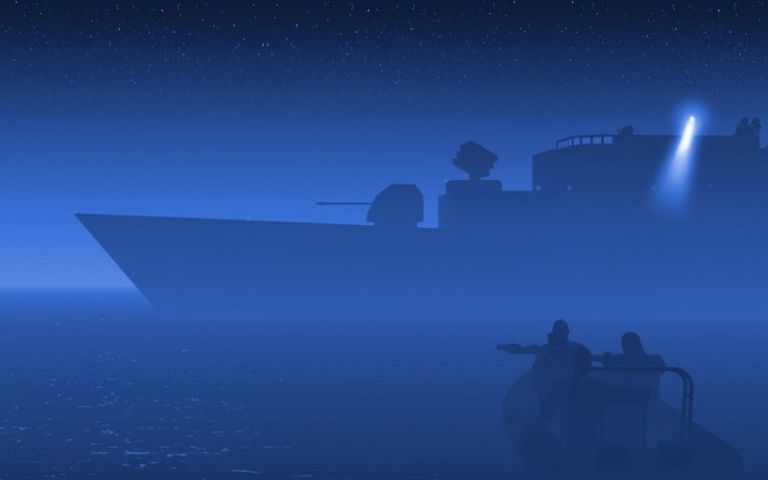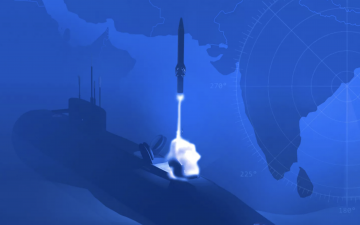Project illustrations by Javier Zarracina for Vox.
Until recently it was only the US, Russia, the UK, France and China that had nuclear weapons capability on nuclear-powered submarines. Israel can put a nuclear warhead on its diesel-electric submarines and North Korea is trying to do the same. But the clear and present danger today is in the Indian Ocean. Both India and Pakistan are vigorously pursuing submarine-based nuclear capacity. This greatly escalates all risk factors—by loosening the chain of command and control over the weapons and operating in an environment where things tend to go wrong.
India’s first nuclear-powered, nuclear-armed submarine, the INS Arihant, went into service in August 2016. A second, even more advance boat was launched in November 2017, and more are on the way. Pakistan is scrambling to catch up. Last year it successfully tested a submarine-launched cruise missile capable of carrying a nuclear warhead. It will likely place these missiles on several of its French-built diesel-electric submarines. Eight more subs are on order from China. To offset India’s current edge, Pakistan has hinted that it might equip some of its surface vessels with nuclear-tipped cruise missiles.
For two countries that have gone to war four times since 1947 and been on the brink several other times, this opens up all kinds of new opportunities for accidents, misunderstandings, miscalculations and mischief. Pulitzer Center senior editor Tom Hundley looks at dangers of the accelerating arms race in the Indian Ocean.


